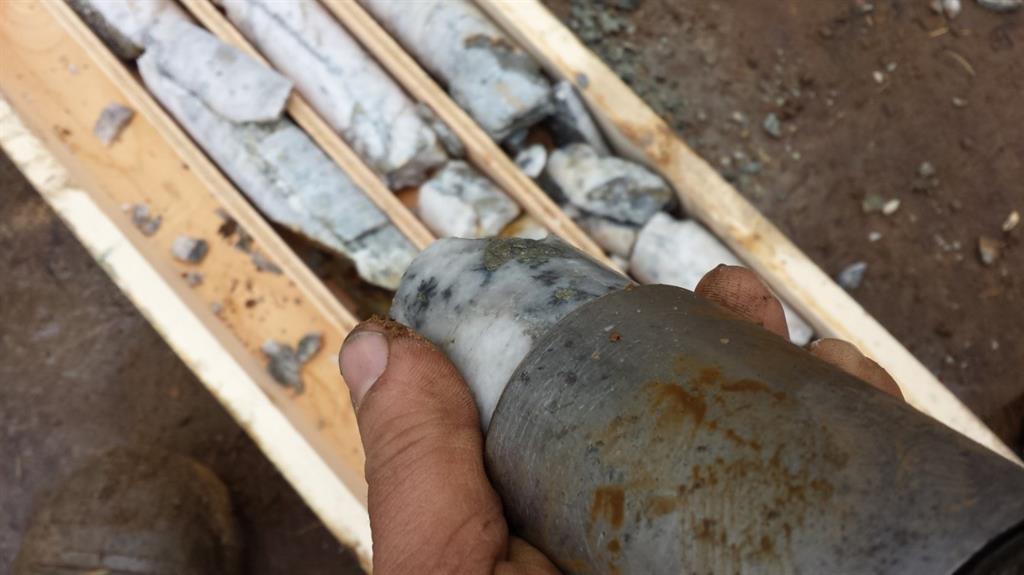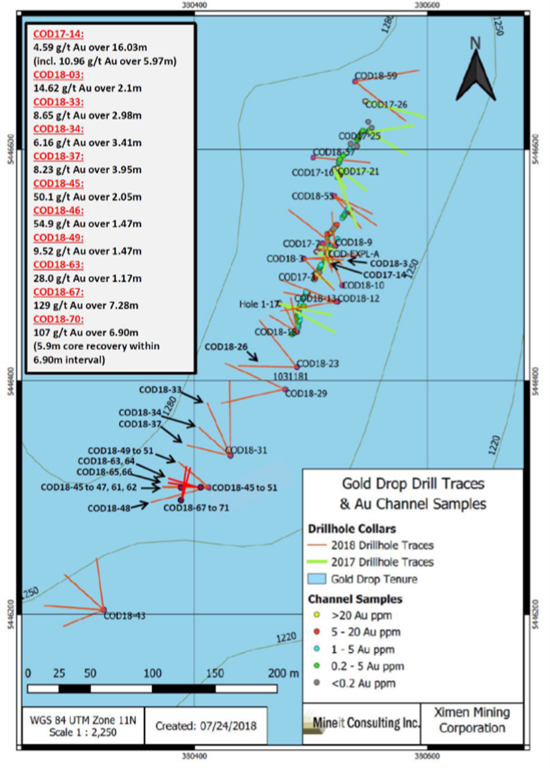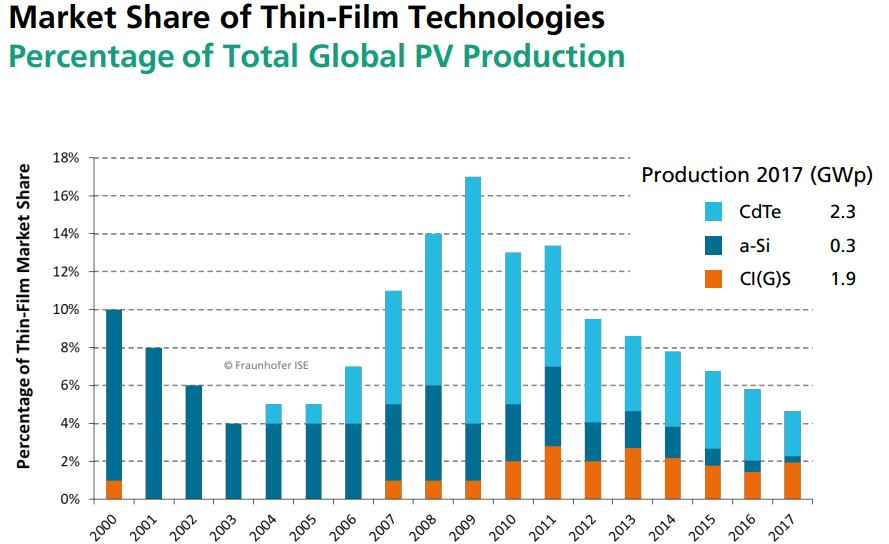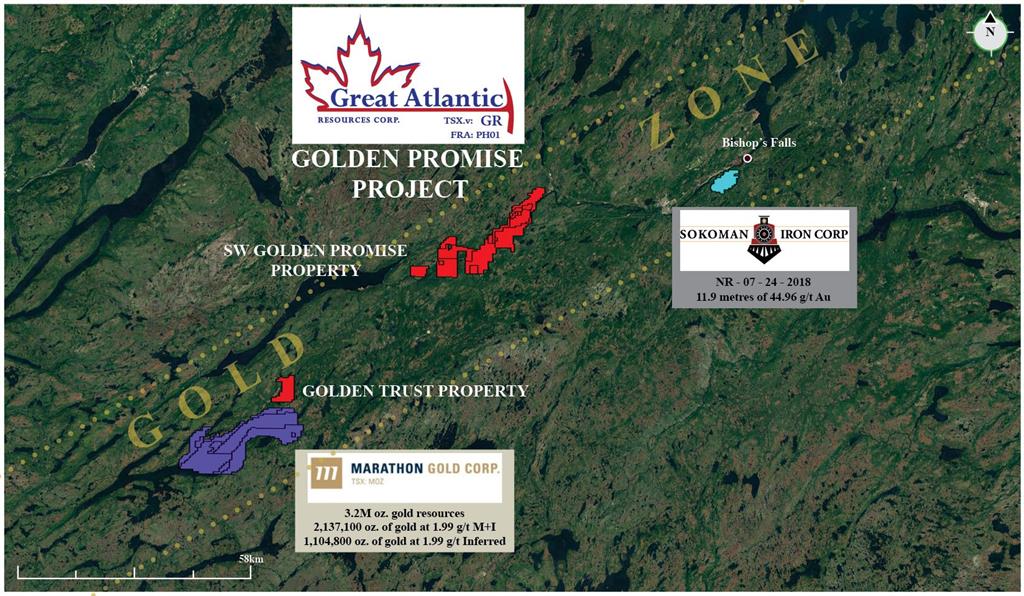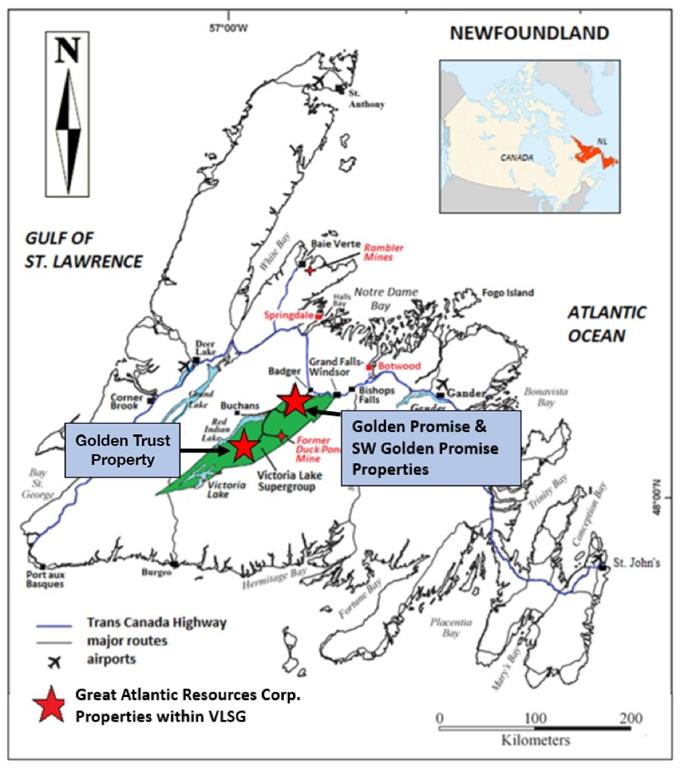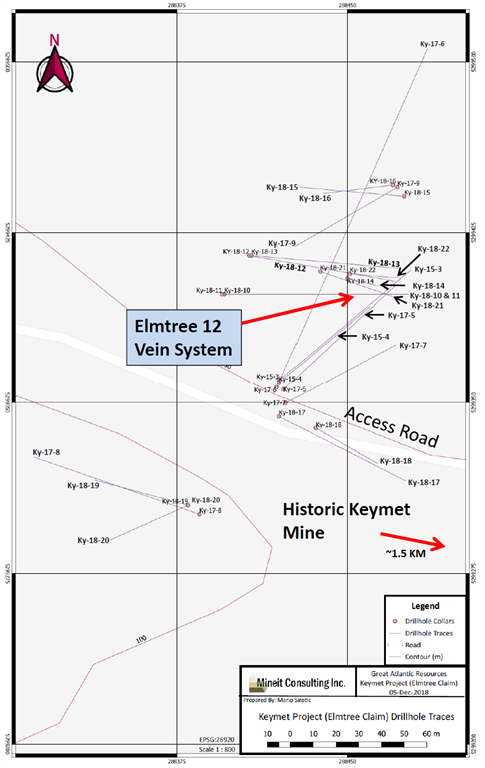
- 100% owned Gold Hill property located in the Boulder Creek drainage, a tributary of the Wildhorse River
- 4 diamond drill holes on two sections totaling 2,087 meters of drilling. Nine hundred and twenty nine (929) drill core samples
- This is the first time area has been drilled. The program successfully intersected multiple zones of gold.
- A high grade intersection in hole NS18-01 contained 66.4 g/t gold over 0.2 meters (true width unknown)
Cardston, Alberta–(Newsfile Corp. – March 15, 2019) – American Creek Resources Ltd. (TSXV: AMK) (“American Creek”) is pleased to report on drilling results from the late fall exploration program conducted on its 100% owned Gold Hill property located in the Boulder Creek drainage, a tributary of the Wildhorse River east of Fort Steele, British Columbia. The preliminary program included four diamond drill holes on two sections totaling 2,087 meters of drilling. Nine hundred and twenty nine (929) drill core samples were analyzed.
The management and professionals that guided the exploration program are pleased and very encouraged by the results. There were multiple gold intersections in all 4 preliminary drill holes. A summary of the significant intersections and gold values is contained herein.
The 2018 drill program was conducted to test a Cretaceous age swarm of syenite porphyry dykes intruded into lower and middle Cambrian sediments. This is the first time that this package of rocks has ever been drilled. The drill program successfully intersected multiple zones of gold associated with several syenite dike targets as well as significant intervals of highly altered, silicified rock. In addition, there were several intersections of highly altered and, in some cases, calcareous sediments, some of which contained elevated gold values. These altered sediments will be further explored for gold content. They will also be useful as marker horizons guiding future drilling.
A high grade intersection in hole NS18-01 contained 66.4 g/t gold over 0.2 meters (true width unknown). This intersection correlates with prior historic gold values obtained in the area. Car samples and face samples from a drift (small tunnel) driven partially along the hanging wall of a syenite porphyry dyke in 1937 were assayed over a width of 1.5 feet (~0.5m). The car samples averaged 0.43 oz. Au per ton (13.4 g/t), 0.48 oz. (14.9g/t) Ag per ton and 2.3% Pb per ton over 40 feet (12.2m). The face samples along 22 feet (6.7m) averaged at 2.4 oz. Au per ton (74.6 g/t) 2.17 oz. (67.5 g/t) Ag per ton and 5.51% Pb.
The Gold Hill property covers approximately 836 hectares and is located along the eastern edge of the Kimberly Gold Trend. The property is road accessible by paved highway to Fort Steele and then by main logging roads to (and through) the property. Driving time from Cranbrook to the center of the property is less than one hour.
The property contains a significant portion of the Boulder Creek drainage, a tributary of the Wild Horse River which is considered to be one of the greatest placer gold rivers in the entire province. Gold rushes have taken place there since the 1860’s that have yielded over 48 tonnes of reported gold, making it Canada’s 4th largest placer producer. The majority of the gold recovered from the Wild Horse was located along a 6 km stretch between Boulder Creek (upstream) and Brewery Creek (downstream). From the point where Boulder Creek enters the Wild Horse River for a distance of 6 kilometers downstream, a minimum of 1.5 million ounces (45,655,215 grams) of placer gold was recovered between 1864 and the 1930’s. In addition, an undetermined amount of placer gold was sold in the United States during this period but no records of the amount are available. The Boulder Creek drainage is the logical source of the placer gold recovered from the Wildhorse River below.
Early efforts by prospectors to locate the source of the Wild Horse placer gold led explorers up Boulder Creek to what is now called the Gold Hill property. Although lode gold was first found in the area by prospectors in the late 1800’s, the Gold Hill property has not been the subject of any systematic modern exploration and prior to this program, the property has never been drill tested.
Significant Intercepts from Preliminary 2018 Drill Program

To view an enhanced version of this graphic, please visit:
https://orders.newsfilecorp.com/files/682/43440_05f5b7e094ebd995_001full.jpg

To view an enhanced version of this graphic, please visit:
https://orders.newsfilecorp.com/files/682/43440_05f5b7e094ebd995_002full.jpg

To view an enhanced version of this graphic, please visit:
https://orders.newsfilecorp.com/files/682/43440_05f5b7e094ebd995_003full.jpg

To view an enhanced version of this graphic, please visit:
https://orders.newsfilecorp.com/files/682/43440_05f5b7e094ebd995_004full.jpg
Analysis of Results and Total Metal Discussion
Gold values, as tested by initial ICP analysis, range from slightly less than 0.5 g/t to 5.68 g/t. With reference to sample 043174 in hole NS18-01, where the initial analysis placed gold at >30,000 ppb (30.0 g/t), total metal analysis of the same sample returned a value of 66.4 g/t. To date, this is the only sample that has been analyzed for total metal. It was originally selected because of the proximal galena and visible gold.
Historical work on the property has noted the presence of metallic gold in samples that is not detected by conventional ICP analysis. A skilled, well trained and experienced Prospector discusses this phenom in Assessment Report 27,173 (Dec. 29, 2004). Again, in AR 34,920, (July 2015) a P. Geo. explained the presence of metallic gold. The following is a direct quote from AR 34,920 by the highly experienced P. Geo. who mapped the property: “work by the original prospectors and miners on the property from 1898 to 1957 did a good job of exposing gold-bearing structures and the related sulphides and gangue minerals. This work demonstrated the course nature of the gold which is commonly visible to the naked eye.”
In light of the strong possibility that metallic gold was missed by the initial assaying, further assay work including advanced testing for metallics will be conducted. As a first step, 12 samples, all of which indicate significant gold values, have been selected for total metal analysis. The company is looking forward to receiving the total metal gold value for the 12 samples selected for this purpose. The results will be available when the additional assay analysis is completed.
There is some correlation between anomalous Pb in the samples with higher gold values however, they do not always correlate.
Frank O’Grady, P. Eng. and QP for the project stated: “This first look at the underground geological structure in the Big Chief area of the property is very encouraging. Not only are we seeing gold associated with multiple syenite dyke contacts, but we are also seeing gold showing up in the highly altered sediments. To have intersected gold in every hole, especially since we had no prior drill holes on the property to guide us, indicates the potential scope and scale of the property’s potential going forward. We clearly have a large gold system we are dealing with here.”
Darren Blaney, CEO of American Creek stated: “This is a significant first step in unravelling the mystery of the potential source of the large quantity of Wild Horse river placer gold collected downstream. Not only are we seeing widespread gold mineralization on surface, but we now also have our first glimpse at what is going on underneath a portion of the property. This preliminary program will be a tremendous aid in guiding future work on the project.”

To view an enhanced version of this graphic, please visit:
https://orders.newsfilecorp.com/files/682/43440_05f5b7e094ebd995_005full.jpg
More pictures of the drill program can be viewed here in the Gold Hill Project photo gallery: https://americancreek.com/index.php/media-page/gallery/category/14-office
There are two main highly prospective targets on the property:
1. The Midas / Gold Hill prospect which is situated on the southern part of the property. The Midas is in an area of steep topography and is structurally controlled.
2. The Big Chief prospect which is situated on the northern portion of the property. The Big Chief is located on an area of moderate relief and is formed by hydrothermal activity from intruded syenite dikes of Cretaceous age.
The property is nominally divided into north and south portions by Boulder Creek which flows westerly through the property. This phase of the exploration program focused solely on a portion of the Big Chief prospect. The highly prospective area of the property situated south of Boulder Creek was not explored during 2018. This southern area, which includes high grade gold values in grab samples including 25.14 g/t from the Guggenheim showing, will be included in 2019 exploration.

Drill Hole Locations
To view an enhanced version of this graphic, please visit:
https://orders.newsfilecorp.com/files/682/43440_05f5b7e094ebd995_006full.jpg
Further Analysis
Initial logging of the core combined with sample results has provided a basic understanding of the underground geological structure as well as the gold and accompanying metals present in the previously undrilled package or rocks underlying the Big Chief showings.
Sections containing increased Au, sometimes Ag and in several cases increased base metals which include Pb, Cu and Zn are contained in sections of intense alteration. This alteration includes, but may not be limited to, silicification, sericitization, carbonatization (in some places) and increased epidote.
The core will be carefully re-examined during 2019 with key sections being relogged. The initial logging was done under inclement conditions including low temperatures and poor light and without the benefit of any prior drill core assays for reference.
Qualified Person
Frank O’Grady, P.Eng., is the Qualified Person as defined by National Instrument 43-101 for the Gold Hill Project and for this news release.
Important Links
A summary of the Gold Hill project can be found here:
https://americancreek.com/images/Gold_Hill_Summary_2018.pdf
About American Creek
American Creek holds a strong portfolio of gold and silver properties in British Columbia.
Three of those properties are located in the prolific “Golden Triangle”; the Treaty Creek and Electrum joint venture projects with Tudor Gold (Walter Storm) as well as the 100% owned past producing Dunwell Mine.
The Corporation also holds the Austruck-Bonanza, Ample Goldmax, Silver Side, and Glitter King properties located in other prospective areas of the province.
For further information please contact Kelvin Burton at: Phone: 403 752-4040 or Email: [email protected]. Information relating to the Corporation is available on its website at www.americancreek.com



